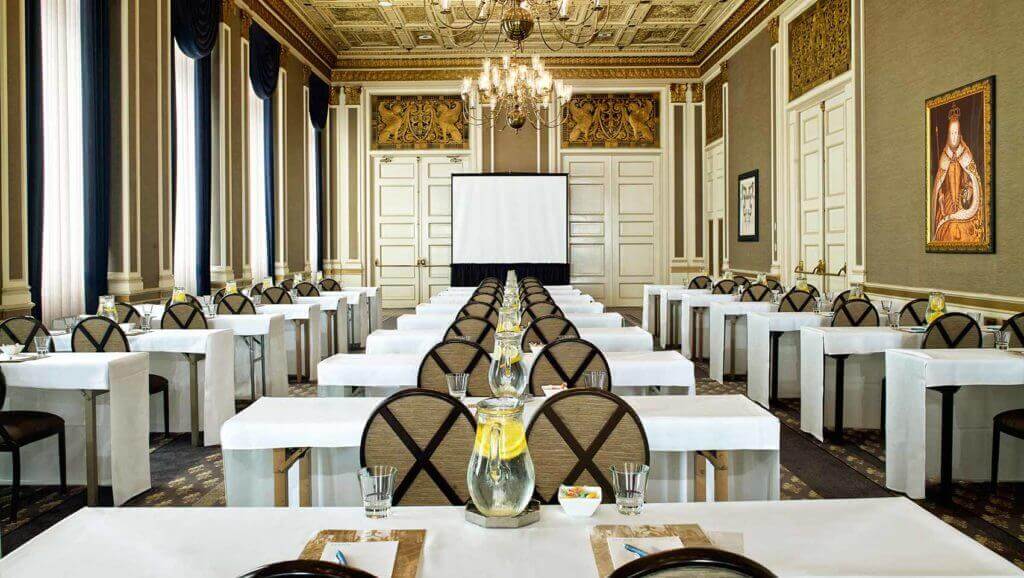
Today, there is a significant change in mindset occurring in the meetings-and-events (M&E) industry across the Asia-Pacific region and progressive hoteliers, event-centre managers, and other hospitality leaders are beginning to fully realise the opportunities associated with their function spaces.
Many hoteliers are moving beyond rooms-only revenue management, aiming for a total property approach.
In fact, for many hotels, M&E revenue can account for a significant portion of their financial performance—contributing up to 40 to 60 percent of total revenue.
To capitalise on M&E revenue management opportunities, hoteliers are employing dynamic-pricing strategies and analytics technology to optimise the profitability of their function space.
Measure so you can improve
Peter Drucker, recognised as the founder of modern management, famously said, “If you can’t measure it, you can’t improve it.” So, how do you measure the value of your event space? If you’re in the hotel business, for instance, you’re likely to be primarily focused on the guest-room performance of the property, but your M&E rooms shouldn’t be disregarded. How big is your event space? What is the optimal revenue and profit your M&E spaces could contribute to hotel’s top line and bottom line? With the right processes in place, some hotels have managed to achieve a significant uplift in their M&E performance, even making it their largest revenue stream.
The main barrier to reaching these high levels of profitability often comes from an inability to accurately and efficiently measure M&E performance and make better-informed decisions. Hence, we fall back on making event-booking and pricing decisions based on gut feelings and guesstimates, or even worse—a first-come, first-served basis.
To have confidence in your forecast, you must start with a scientific understanding of available true demand. You must evolve beyond a culture that largely depends on trial and error to a culture that is much more objective by combining the power of data, advanced mathematics, and technology.
Smart revenue management starts with replacing instinct with facts and supplanting guesswork with well-informed predictions. Track demand and capture all inquiries, day by day, including turned-down and lost business. Set minimum occupancy thresholds, and on your high-demand days, hold out for higher delegate numbers. Then measure your performance. Did you reach your goals? Were your forecasts accurate? Did you miss out on any high-value opportunities? These measurements will help drive the success of your future M&E business.
You need a team to drive M&E performance
In the past, hoteliers have failed to realise revenue through M&E due to the complex nature of function spaces, leading to poor visibility into lost inquiries, revenue conversion and booking trends. For some hoteliers, M&E space can be an afterthought to guest-room revenue since existing reporting capabilities are disjointed and time consuming, and they may have a general lack of confidence in price setting.




